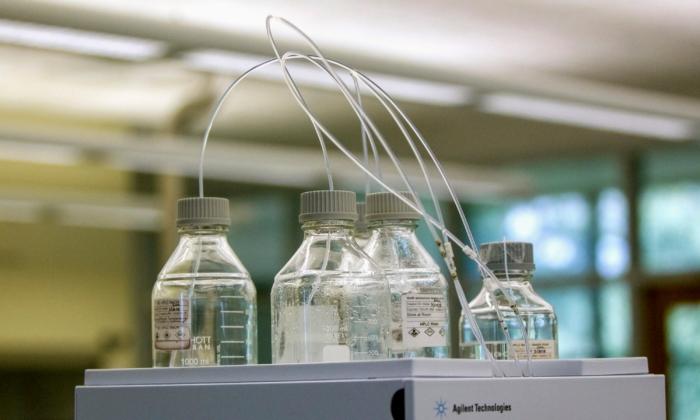In what is billed as a move to safeguard public health, the Environmental Protection Agency (EPA) has finalized the first-ever national limits on so-called forever chemicals in drinking water.
The new standards are expected to significantly reduce PFAS exposure for an estimated 100 million individuals, potentially preventing thousands of fatalities and curtailing tens of thousands of serious illnesses associated with PFAS exposure, the EPA said.
The New Rules
The regulation sets strict limits on five specific PFAS compounds known by the abbreviations PFOA, PFOS, PFNA, PFHxS, and HFPO-DA (also referred to as “GenX Chemicals”).It also limits mixtures of any two or more of four PFAS compounds: PFNA, PFHxS, PFBS, and GenX chemicals.
These chemicals are among the thousands of types of PFAS, a broad class of artificial compounds often referred to as “forever chemicals” because of how long it takes for them to break down in the environment. Some of them never fully break down.
PFAS are used in a wide range of household products, from fast-food packaging to nonstick cookware, stain- and water-resistant clothing, and firefighting foams. Studies have shown that long-term PFAS exposure may contribute to health issues such as weakened immune systems, lower resting metabolic rates, and elevated risk of kidney or testicular cancer.
This measure is aimed at reducing the health risks associated with PFAS, such as deadly cancers, liver and heart diseases, and developmental and immune system damage, particularly in infants and children.
Under the new rule, public drinking water systems are mandated to monitor these chemicals and notify the public of PFAS levels in their drinking water.
Should the levels exceed the set standards, systems are required to implement solutions to reduce PFAS within five years.
The rule offers a range of technological solutions for compliance, including granular activated carbon, reverse osmosis, and ion exchange systems, allowing for flexibility based on community needs.
The agency estimates that between 6 percent and 10 percent of the 66,000 public drinking water systems subject to this rule “may have to take action to reduce PFAS to meet these new standards.”
The agency said these systems will have three years to complete initial monitoring for the chemicals and to inform the public of the findings. If PFAS levels exceed new standards, the water systems will have five years to implement solutions.
Mr. Regan and the chair of the White House Council on Environmental Quality officially announced the new standards in Fayetteville, North Carolina, on April 10.
Costs
The agency estimates that the cost to comply with the new regulations will be about $1.5 billion annually, but it said the benefits will make up for the costs.“These benefits are estimated to be approximately $1.5 billion per year, and include avoided costs of medical bills, income lost to illness, and death,” an agency fact sheet stated. “Additionally, EPA could not quantify all the health benefits, including developmental, cardiovascular, liver, immune, endocrine, metabolic, reproductive, musculoskeletal, and carcinogenic effects, and therefore the benefit estimates are likely greater than $1.5 billion.”
To address some of the costs, $1 billion in funding will become available through the Bipartisan Infrastructure Law to help states and territories implement PFAS testing and treatment at public water systems and to help owners of private wells address PFAS contamination.
This investment is part of a broader $9 billion allocation through the Bipartisan Infrastructure Law aimed at addressing PFAS and other emerging contaminants in drinking water, representing the largest-ever financial commitment toward mitigating PFAS pollution.
In response to the rule proposal in March 2023, the National Association of Water Companies said that although it was willing to work with federal regulators to keep the “forever chemicals” in check, it will be customers who eventually shoulder the potential extra cost.
“Make no mistake—addressing the PFAS in the nation’s water supply will cost billions of dollars,” Robert Powelson, the national organization’s president and chief executive, said. “It’s a burden that under the current structure will disproportionately fall on water and wastewater customers in small communities and low-income families.”







